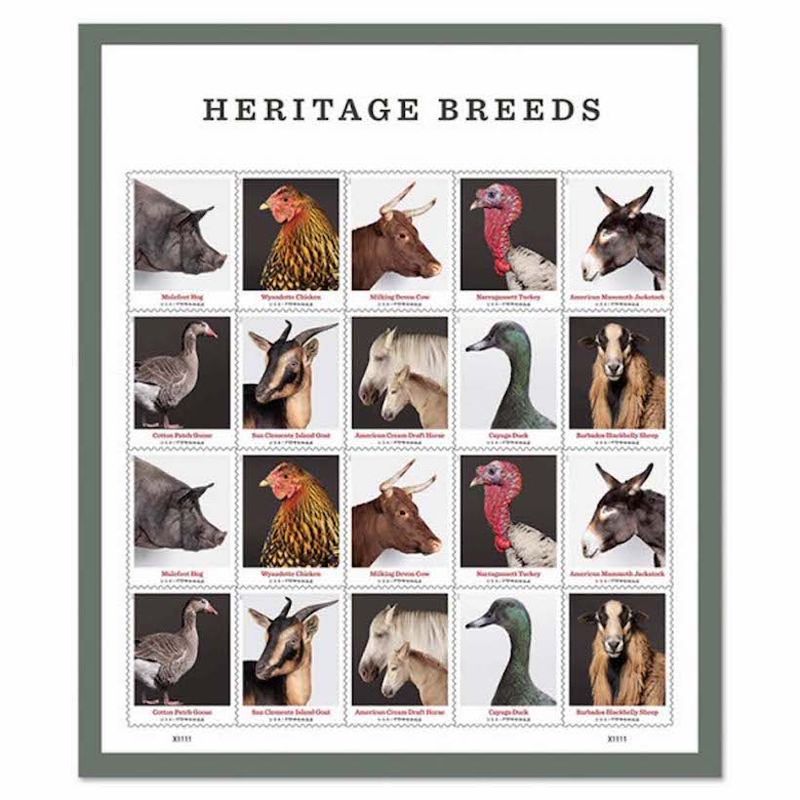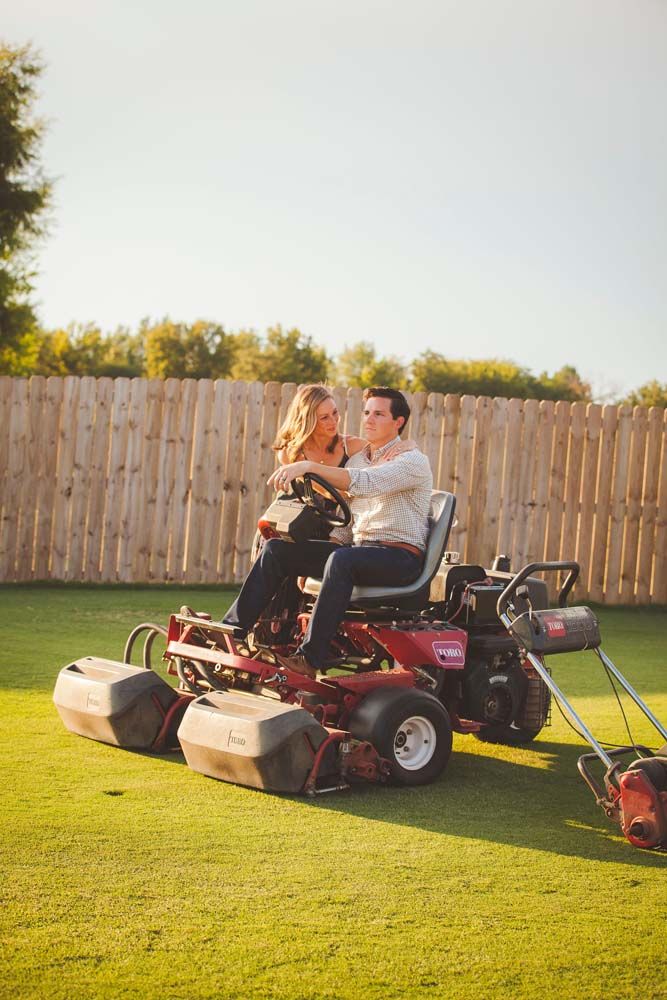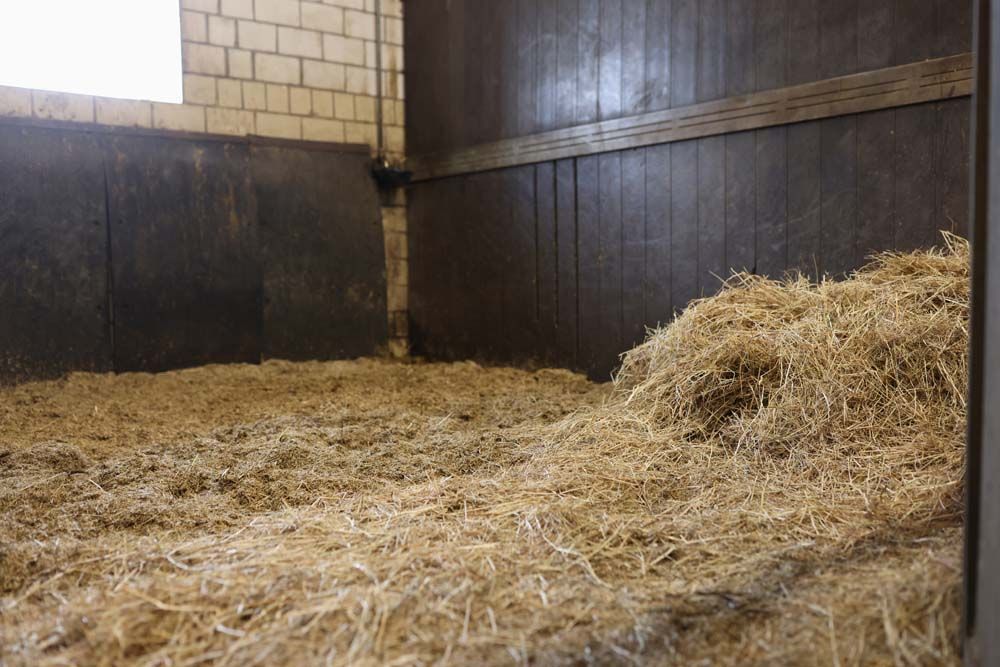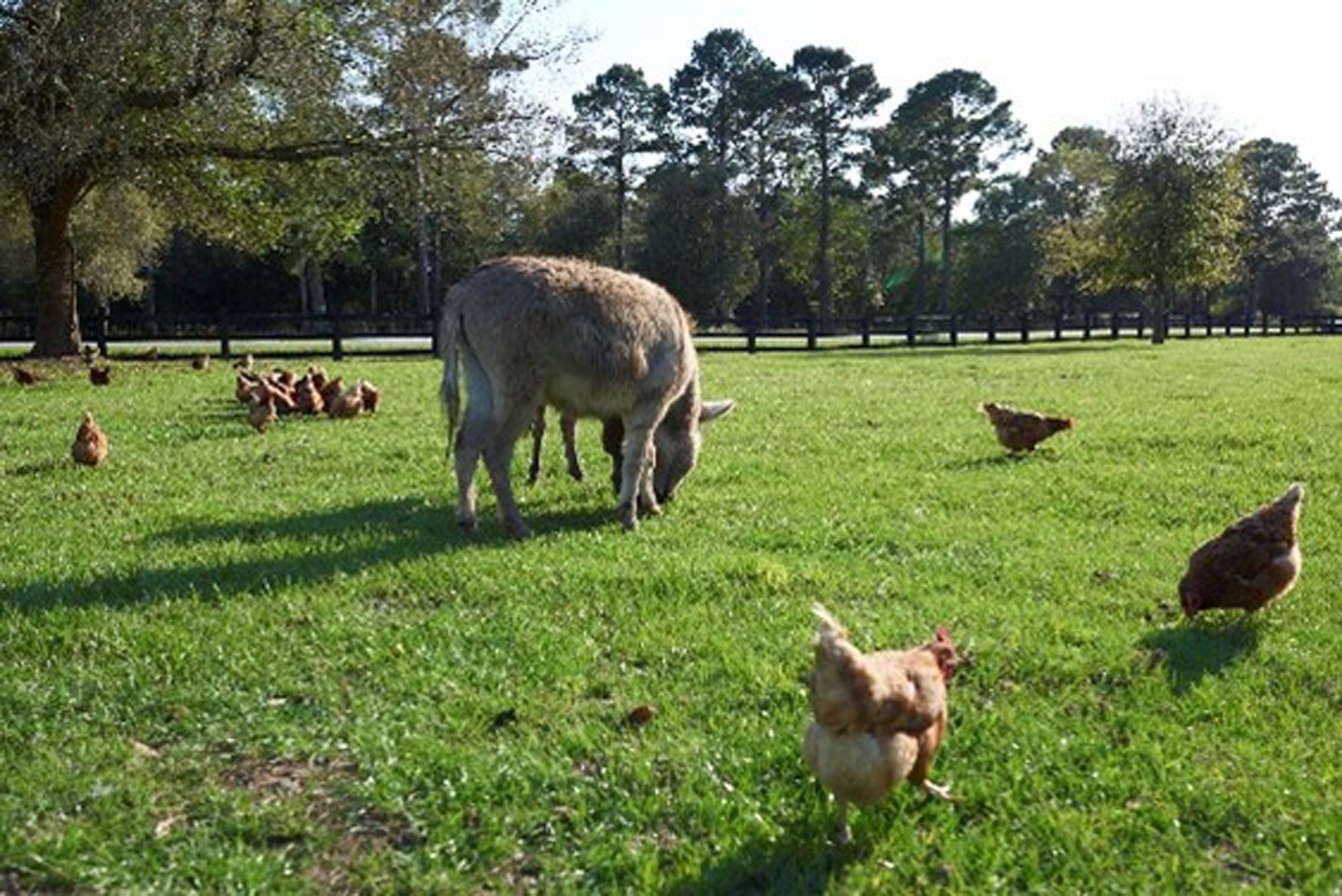Heritage Breed Stamps


An easy way to recognize and support rare breeds
Heritage livestock enthusiasts rejoiced when the United States Postal Service announced that it would be releasing a collection of Heritage Breeds stamps in 2021, and the stamps have now been brightening envelopes for a few months.
So in celebration of these exciting stamps, here is a quick overview of each of the 10 rare breeds featured in the collection. While you might not have room on your homestead for all of them, it is worth sending a letter or two just to admire the gorgeous stamps!
BONUS: These are issued as “Forever” stamps. Buy a pane of 20 and they will always be equal to current first-class postage price.
Photo credit: USPS

1. American Mammoth Jackstock Donkey
While we can thank George Washington for American victories in the Revolutionary War, we can also thank the first President for his work in early American livestock development. In the interests of producing a donkey that could in turn be used to produce working mules, Washington was among those who bred the early American Mammoth Jackstocks, combining Andalusian and Maltese bloodlines.
2. Narragansett Turkey
If you like the idea of owning a large, beautiful, productive, and somewhat rare heritage turkey breed, you might want to look twice at the Narragansett. The males can grow to over twenty pounds, the females are excellent mothers, and all of them sport lovely patterns of black, white, and tan plumage. Their eggs display a variety of colors and patterns. Narragansetts are docile turkeys, and the bird gets its name from its region of origin, in and around Rhode Island.
3. Cayuga Duck
A wonderful pet bird, the Cayuga duck has a calm personality and charming looks, with its very dark and slightly shimmering-green feathers. They make excellent free-ranging ducks and are good egg producers, hardy enough to handle the cold winters of their native New England.
4. San Clemente Island Goat
Thousands of goats inhabited San Clemente Island in California during the 19th and 20th centuries, but this genetically unique breed is critically endangered today. San Clemente Island goats are regularly described as “deer-like” thanks to their light bone and delicate elegance. The goats are small in stature and have horns.
5. Mulefoot Hog
Known as one of the rarest breeds of swine in the United States, the Mulefoot hog is distinctive for its non-cloven hooves, hooves that look--you guessed it!--like a mule’s feet. But these hogs are notable for more than just their feet: Mulefoot hogs are known for being docile and very hardy.
6. Cotton Patch Goose
The Cotton Patch goose is an attractive breed that was once used in the southern U.S. for weed control in crops. Since they were developed in the warm southern climate, they’re still suited to those conditions today. They are a useful multi-purpose poultry breed, providing feathers, eggs, meat, grease, and the “automatic” weed control already mentioned. They’re calm birds and grow to about 11 pounds.
7. American Cream Draft Horse
Draft horses have a long history of helping humans in agricultural pursuits, from plowing ground to pulling wagons to hauling logs out of the forest. The American Cream Draft Horse is the only existing draft horse breed that was developed in the United States, and owes its unique cream coloring to a foundation mare affectionately known as “Granny.” This is a heavy breed of horse with adults weighing about 1,800 pounds.
8. Barbados Blackbelly Sheep
Likely developed from African sheep stock, the Barbados Blackbelly Sheep was developed in the 1600s in the Caribbean on the island of Barbados, which was an English colony in the heyday of pirates and European overseas expansion. This is a hardy breed, well-suited to warm climates thanks to the fact that it’s a haired sheep rather than a wool sheep, although the breed will grow some wool in colder environments.
9. Milking Devon Cow
You may be familiar with a few breeds of dual-purpose cattle—animals valued for both their meat and milk. But the Milking Devon is a rare example of a triple-purpose bovine—it can be used successfully for meat, milk, and as a draft animal. While numbers dropped exceedingly low in the 1970s, it has since recovered slightly thanks in part to the efforts of the American Milking Devon Association.
10. Wyandotte Chicken
It’s not uncommon for heritage breeds to do double-duty, and the Wyandotte Chicken is indeed a dual-purpose bird, useful for meat and eggs. Like some other heritage breeds, Wyandottes can take a bit longer to begin laying eggs, but once they get into production a Wyandotte hen might supply you with 200 eggs per year—not too bad! And if you’re interested in raising your own chicks, Wyandottes are good mothers. The breed is a great choice for northern regions because it's cold hardy.
So, which breed sounds good to you? Any of these heritage breeds will definitely put their “stamp” on your farm!
Tags:Country Critters

Acreage Life is part of the Catalyst Communications Network publication family.













